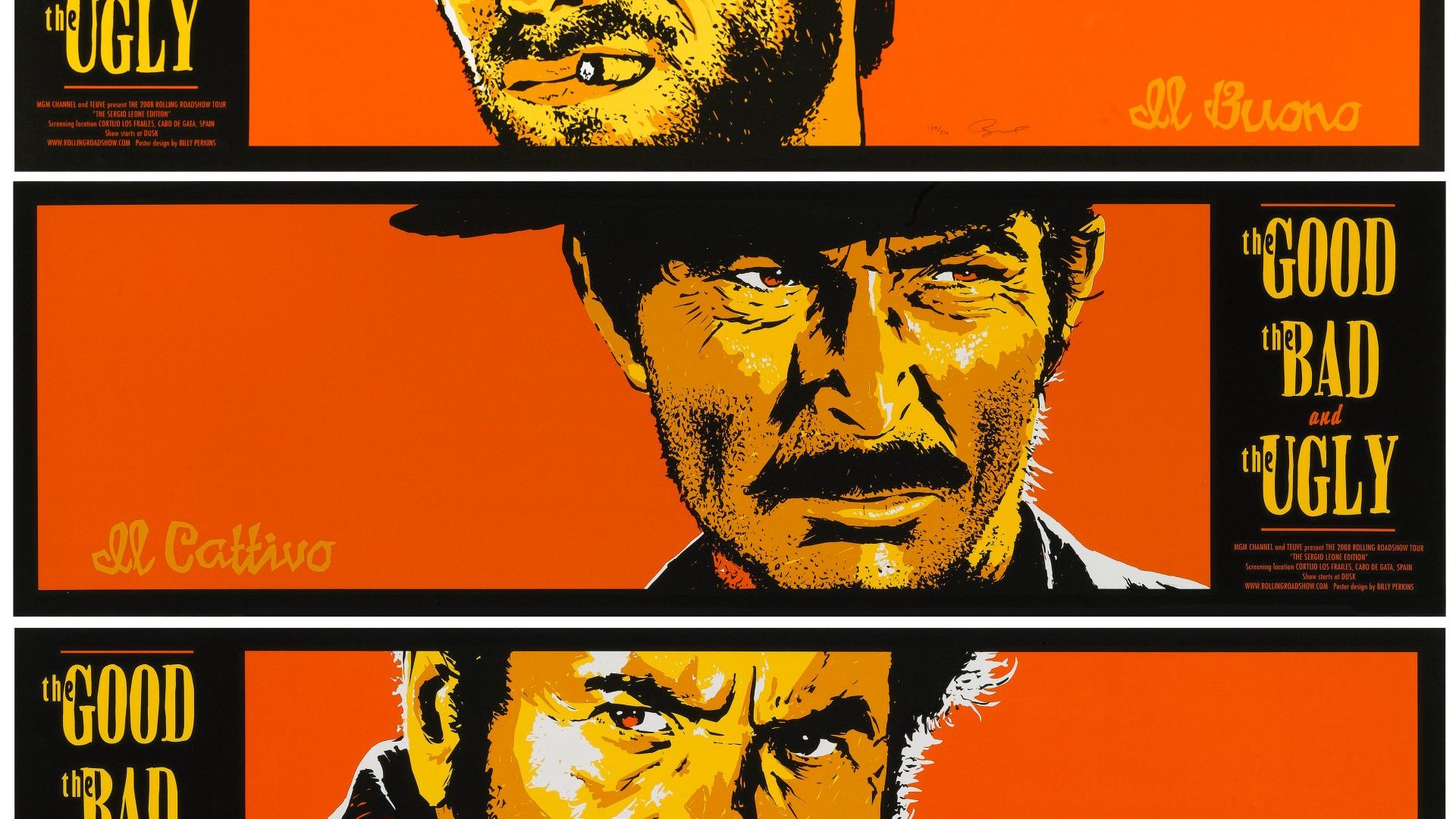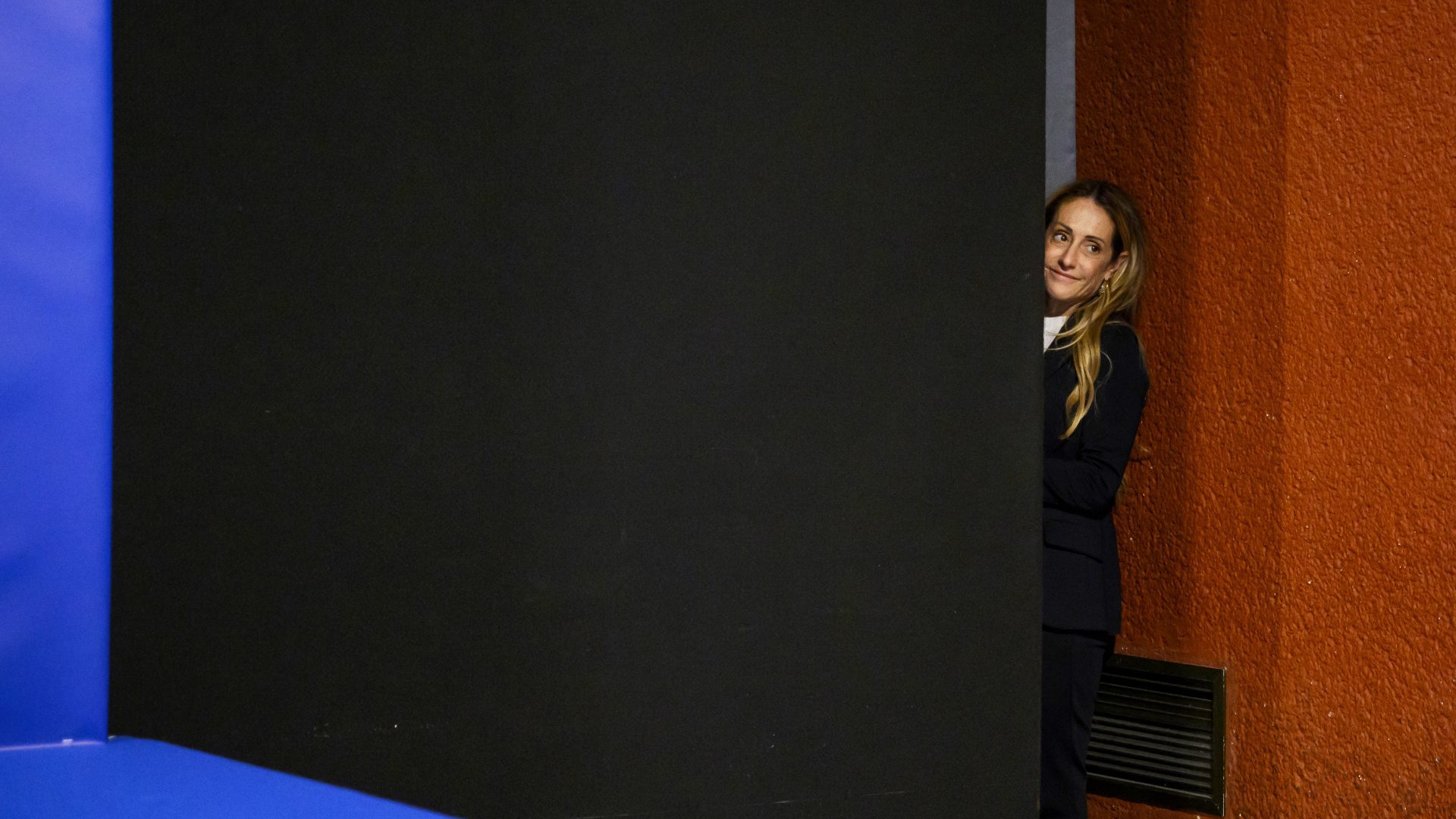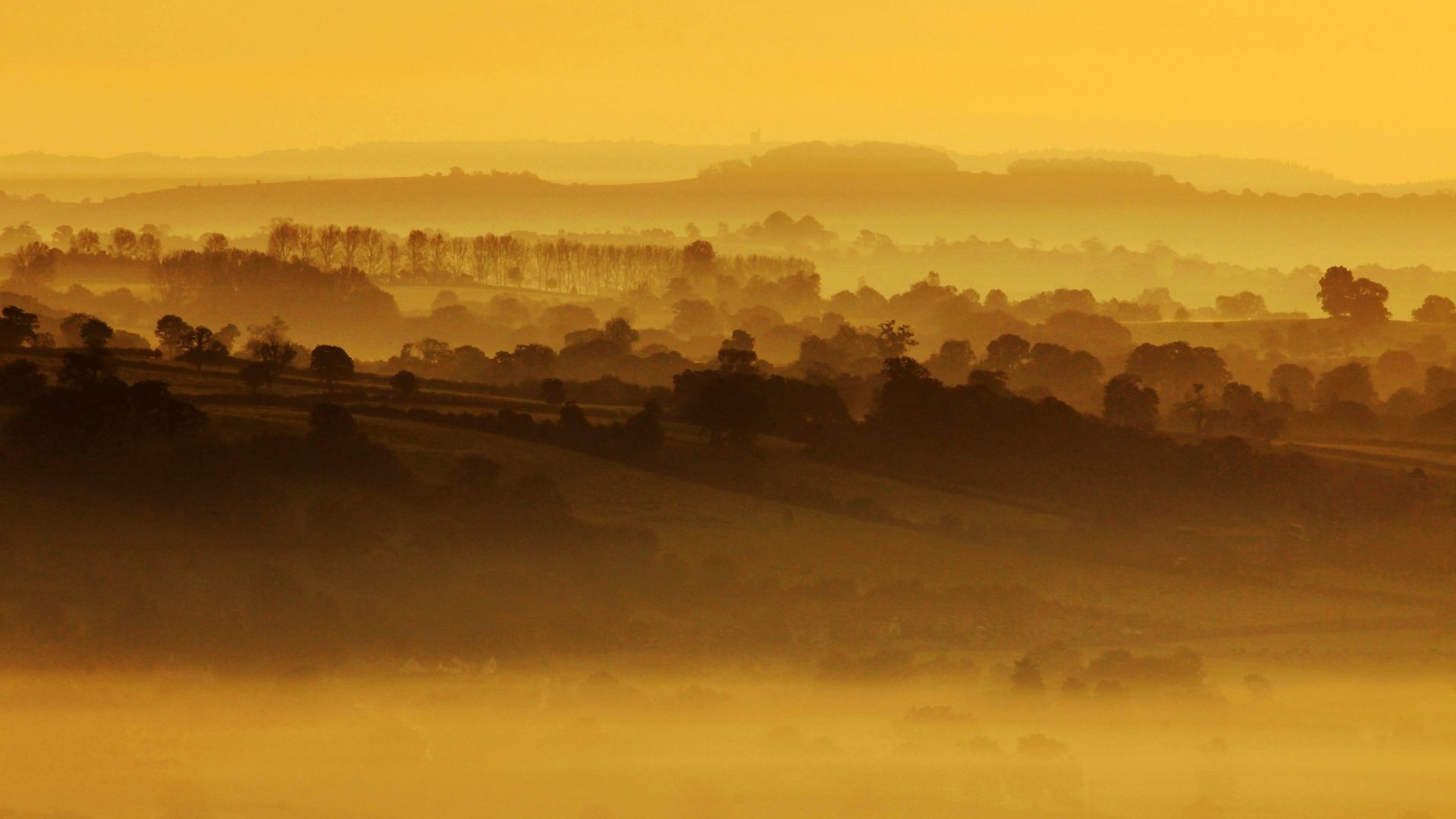When A Fistful of Dollars was released in Italian cinemas at the fag-end of the summer of 1964, little was expected of it. The film had been so poorly received at private screenings in Rome and Naples, its distributors decided it was “not worth a lira”. It received little publicity and was panned by critics.
The public felt differently, and Sergio Leone’s classic became a word-of-mouth hit, grossing around three billion lire (£31m today) domestically.
A thinly disguised and unofficial remake of Akira Kurosawa’s samurai film Yojimbo, A Fistful of Dollars would not be released in the UK and the USA until 1967 due to a copyright lawsuit. Along with two loose sequels – For a Few Dollars More and The Good, The Bad and the Ugly – it was also a sensation internationally, transforming Clint Eastwood from a TV actor into a global star, and Leone from a jobbing director into a revered auteur.
The Rome-born Leone, who had cut his teeth as an assistant director on Quo Vadis and Ben Hur, both shot in Italy, gave a new, grittily realistic view of the western. Sweaty, dishevelled, morally ambiguous, antiheroes had violent shootouts in decrepit one-horse towns. This was all made achingly stylish thanks to the director’s innovative cinematography and Ennio Morricone’s groundbreaking score.
Although not the first Italian-produced, or co-produced, western made by an Italian director, the success of A Fistful of Dollars sparked a boom in the genre. Despite being dismissively labelled “spaghetti” westerns in America to denote the fact that they weren’t “proper” westerns, close to 500 were made between 1962 and 1977, of which around 120 were released internationally.
Many borrowed plot points from Hollywood, where revisionist westerns were beginning to provide a less simplistic view of the west. The corruption of those in positions of power – sheriffs, or local government officials – who wanted to take advantage of an infant community became a central theme, nowhere more so than in The Great Silence, directed by Sergio Corbucci.
So uncompromisingly bleak was it in its deconstruction of notions of authority and representation of the law, it was banned in the UK in 1968 and never received a theatrical release in the USA. “It’s not a case of rejecting Hollywood,” says author and historian Austin Fisher. “It’s a case of identifying strands in Hollywood and really amplifying the bits that are going to appeal to Italian audiences. Bringing into question the virtue of people in positions of power is a very profitable thing to do for Italian audiences in the 1960s.”
Italy was also rethinking its relationship with fascism. Several spaghetti western directors drew directly from their time as partisans to inform their film-making. Giulio Questi said of his film Django Kill: “Its particular ferocity, with its sense of death, its sense of adventure towards death, towards a clash, stems from my experience in war.”
Other films, such as Tepepa, contained uncompromising scenes which for contemporary Italian audiences were clear references to fascist violence, in particular the Fosse Ardeatine massacre when 335 people were executed by German troops outside Rome in retaliation for an attack on SS soldiers.
The popularity of westerns at the Italian box office, particularly those set during the American civil war, also represented the relative infancy of both nations. The civil war and the Risorgimento – the unification of Italy – took place in the 1860s. By the mid 20th century, both countries were still beset by resulting problems, such as uneven social and economic development within their borders.
In this context, the Italian south played a similar, if not identical, symbolic role to the American west. It reflected the schism within Italy between the “developed” north and the “backward” south and a gunman turning up out of nowhere to defend a small (southern) town or village against (northern) corporate interests or government was another popular trope.
“You can read the spaghetti western as a discourse on internal Italian identity,” says Fisher, “and you can read the success of the films, in the south especially, as fantasy fulfilment. I’m not sure that’s what the film-makers intended, but I think it explains their success.”
Although these films reflected the problems of Italian identity and regionalism, they were not overtly political. However, one group of directors used the western – the most American of movie genres – to make a subversive critique on American cold war politics.
This highly politicised sub-genre was produced during the period when the extra-parliamentary left in Italy was becoming increasingly active. In May 1968, almost all the country’s universities were occupied by the radical left wing Sessantotto movement. The following year, the Hot Autumn strikes and the Piazza Fontana bombing signalled the beginning of the decades-long Years of Lead. Alongside this, terzomondismo – sympathy towards the “third world” – was widespread, not just among writers and film-makers, but also the population in general.
“Four film-makers – Damiano Damiani, Sergio Sollima, Sergio Corbucci and Giulio Petroni – were the ones who made the really unmissably political, allegorical Mexican revolution-set films that were about Vietnam,” says Fisher.
The first of these “Zapata westerns”, so called because of their setting, was A Bullet for a General, directed by Damiani and released in 1966. “It’s a naked allegory for CIA interventionism in the third world,” says Fisher. “It’s so obvious, it’s ham-fisted in a way. You can’t really look at it with any knowledge of international politics in the mid- to late-1960s and miss the fact that it’s a political leftist allegory.”
It set the template the others would follow: revolutionary Mexico symbolising third-world insurgency.
A “gringo” crossing the border to meddle in Mexican affairs representing US interventionism to which armed resistance is the only response.
Linking these films was Sardinian screenwriter Franco Solinas, who had also been partisan and was a longtime member of the Italian Communist Party. “He’s a very influential, very respected, political, far left screen writer,” says Fisher. “He’s the thread; his influence, his political vision was feeding into these films.”
Solinas wrote the screenplay for The Battle of Algiers, the documentary-style dramatisation of the Algerian fight for independence, and he used westerns as an arena in which to play out the struggle dramatised in that film. In 1967, he told an interviewer that “political films are useful on the one hand if they contain a correct analysis of reality, and on the other if they are made in such a way to have that analysis reach the largest possible audience.”
The impact of Leone at the British and American box office prevented a serious understanding of the politics of the films of his contemporaries by these audiences. Several enjoyed overseas success, but it tended to be at the expense of the film-makers’ message.
Sollima’s The Big Gun Down, which came from an idea by Solinas, was originally called La Resa dei Conti (The Settling of Accounts), a direct reference to purging fascism from postwar Italy. Not only was it given a more generic title when it was released in America, it was extensively cut, the political elements being all but removed.
Production of spaghetti westerns peaked in 1968, when around 70 were made. The following year, fewer than 30 were produced. The success of 1970’s They Call Me Trinity, a slapstick buddy comedy directed by Enzo Barboni, and starring Bud Spencer and Terence Hill, led to a brief box office resurgence.
The first of the “fagioli” westerns, so-called because of the amount of beans (fagioli) the protagonists eat, it spawned numerous imitations and two sequels, the first of which, Trinity is Still my Name, was the most successful Italian-made western at the domestic box office, outperforming even Leone’s films by some distance.
“It’s a common way of approaching genres, you know when genres are coming to an end when they move into self-parody and that’s what Barboni’s films were,” says Fisher. “They’re mocking the heroes of the spaghetti westerns from the 1960s, yet they were very successful.”
By this time, Leone claimed that he had “fallen out of love with the things associated with the west”. However, in 1971, he returned to the genre, making Duck, You Sucker!, which was also called A Fist Full of Dynamite in the US.
Sandwiched between Once Upon a Time in the West, and Once Upon a Time in America, his fifth and final western (and his penultimate film) is arguably both Leone’s most overlooked and his most political, or rather anti-political. “It’s a rebuke to late-1960s student movements, but it’s also a rebuke to the spaghetti western directors who were using the genre for very, very overtly political ends,” says Fisher.
Like the films Leone sought to critique, Duck, You Sucker! is set during the Mexican revolution. However, with its depiction of military brutality and mass executions, the director questioned both their idealistic portrayal of the conflict, and the legitimacy of violence.
Instead, he rejected such revolutionary movements, with a film whose Italian title, Giù la Testa, literally means “keep your head down”. It was perhaps also advice he felt his contemporaries should heed.



